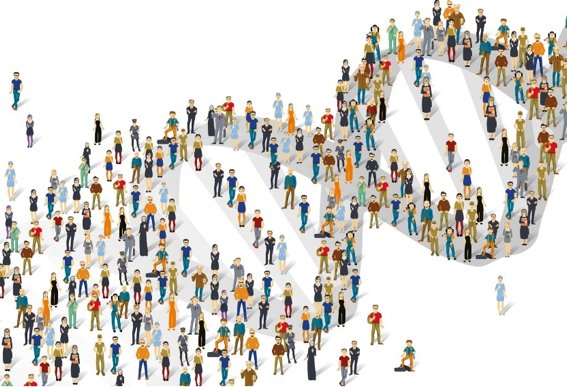
Using advanced 3D printing techniques, a Dutch scientist can implement a network of blood vessels. According to him, it could ensure long-term survival, effectively changing how we engineer human tissue.

A grid powered 100% by solar and wind won’t work with the current state of energy storage. The batteries to store that energy will need to get much better, and fast.

A treatment already in use for epilepsy and depression—can help to restore consciousness even after many years in a vegetative state.

A quick look at some of this year’s best videos made with a microscope.

UK scientists have created the world’s first “molecular robot” that is capable of performing basic tasks including building other molecules.

A new study has uncovered millions of previously unknown genes from microbial communities in the human gut, skin, mouth, and vaginal microbiome, allowing for new insights into the role these microbes play in human health and disease.

Researchers at Australia university were able to store light waves as sound waves on a microchip, which could bring us closer to light-based computers.

German researchers have made a breakthrough in understanding the origin of the ageing process. They have identified that genes belonging to a process called autophagy promote health and fitness in young worms but drive the process of ageing later in life.

Human travel and shipping is transporting trillions of bacteria around the globe with unexpected effects.

The work holds promise for eco-friendly disposable personal electronics and biomedical devices that dissolve within the body.

Genetic variations linked to various health threats appear less frequently in people with longer lifespans, which suggests that natural selection is at work.

Researches have identified an enzyme that catalyzes the conversion of fats to long hydrocarbons, which could be used as fuel with no further modification.

Scientists have made a breakthrough in understanding how mitochondria - the "powerhouses" of human cells - are made.

A great deal of mystery DNA has been found in the human gut.

Researchers hope an artificial womb used to incubate healthy baby lambs can be used in future technology for premature babies.